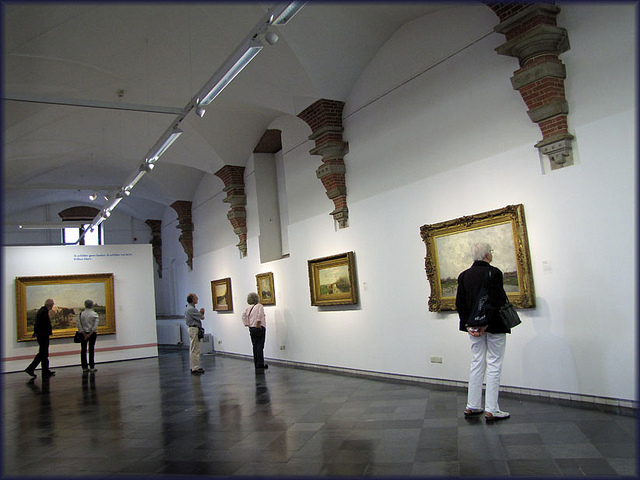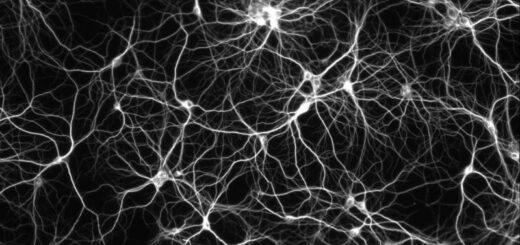Spectroscopy: Showing art in its best light

Spectroscopy is the study of the interaction of light with matter. Different molecules interact with light in various different ways according to their characteristic functional groups. For example, the infrared spectrum of a molecule can be obtained if the molecule absorbs light in the infrared region of the electromagnetic spectrum. If the molecule scatters light instead of absorbing it, its Raman spectrum can be observed. (See here for more information on infrared spectroscopy, and here for more detail on Raman spectroscopy.) These techniques can help to determine the likely structure of a molecule, and are often used in the lab in conjunction with other chemical structure-determining techniques. It is little wonder then how a spectroscopic technique, which relies so much on the use of light, came to be utilised by the art world, considering the number of artists (impressionist painters, for example) whose work is influenced by the interaction of light with the objects of their pieces.
These spectroscopic methods can be used to benefit art in a number of ways. One such example is the identification of the specific pigments that were used in a painting. Spectroscopy provides a non-destructive form of analysis of paint fragments, although in order for these paint fragments to be analysed, they often must be removed from the painting itself. Knowing exactly which pigments were used in a piece of art has several benefits. If it has been damaged, a painting can be properly restored using the original pigments so that there are no colour mismatches. Identification of pigments can also play a vital role in determining whether or not a painting is authentic, or whether it is indeed from its assumed time period. Synthetic dyes such as mauveine (the first synthetic organic dye 1) for use in paints appeared in the late 19th century, so the authenticity of any painting dated before this time period but which contains synthetic dyes can be investigated.
Spectroscopic applications do not stop there. Earlier this year, Emma Stoye reported in Chemistry World about a Renoir portrait whose background colour was found to have faded over time 2. Using Raman spectroscopy, scientists identified the light-sensitive red dye used in the 1883 painting and digitally enhanced the painting so as to view it in its intended glory. Science is all about seeing the world as it truly is, after all.
Spectroscopy: Showing art in its best light by Debbie Nicol was edited by Ross McFarlane.
References
- For more info, “synthetic dye” is a good Google term.
- Interesting ChemistryWorld article on the topic.










